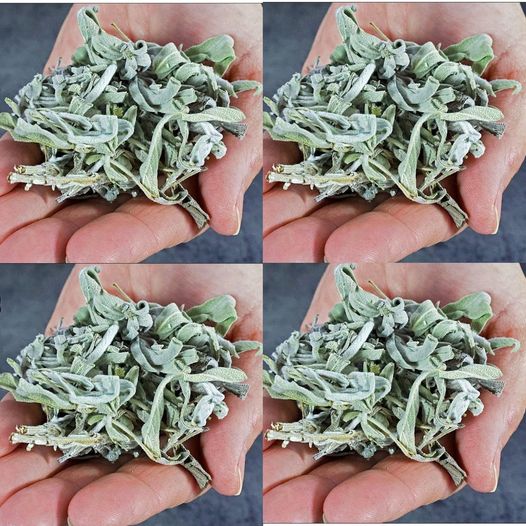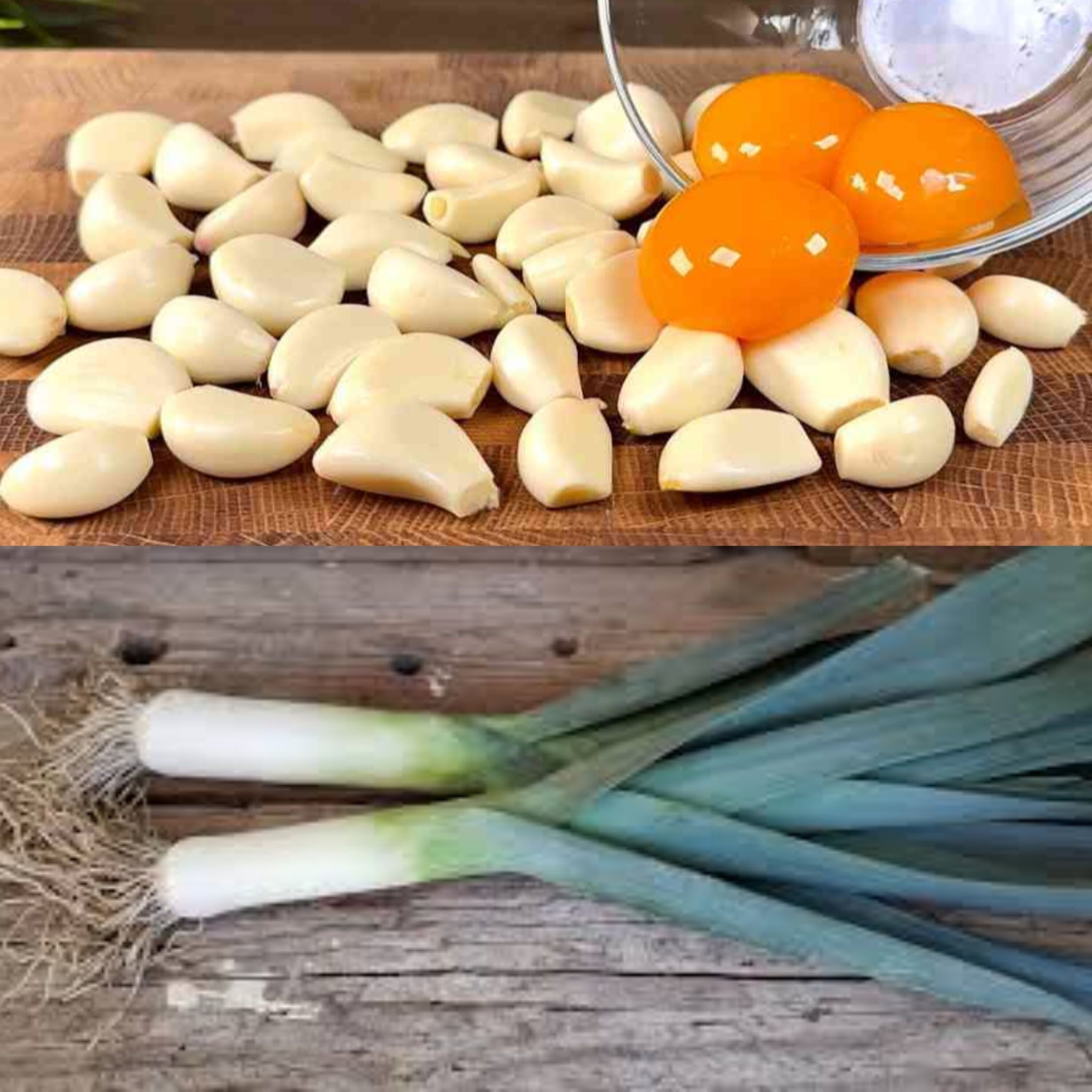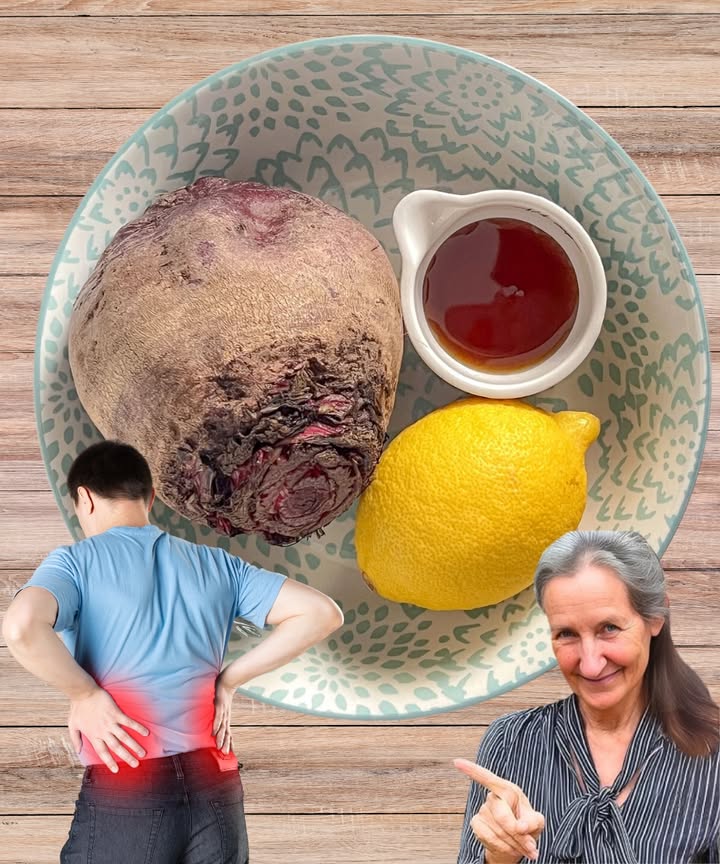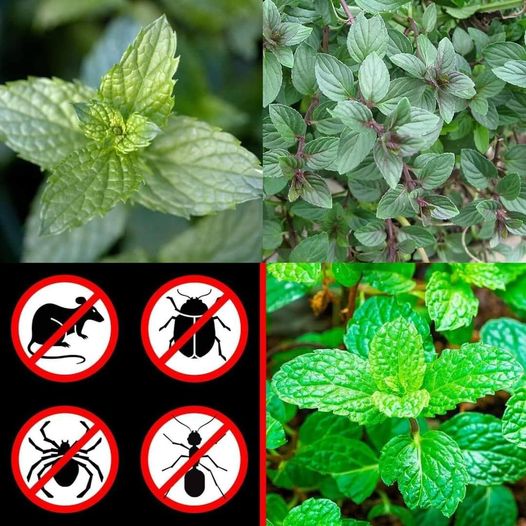Debunking the Myth: Unveiling the Truth Behind the “Miracle Plant” of the Bible
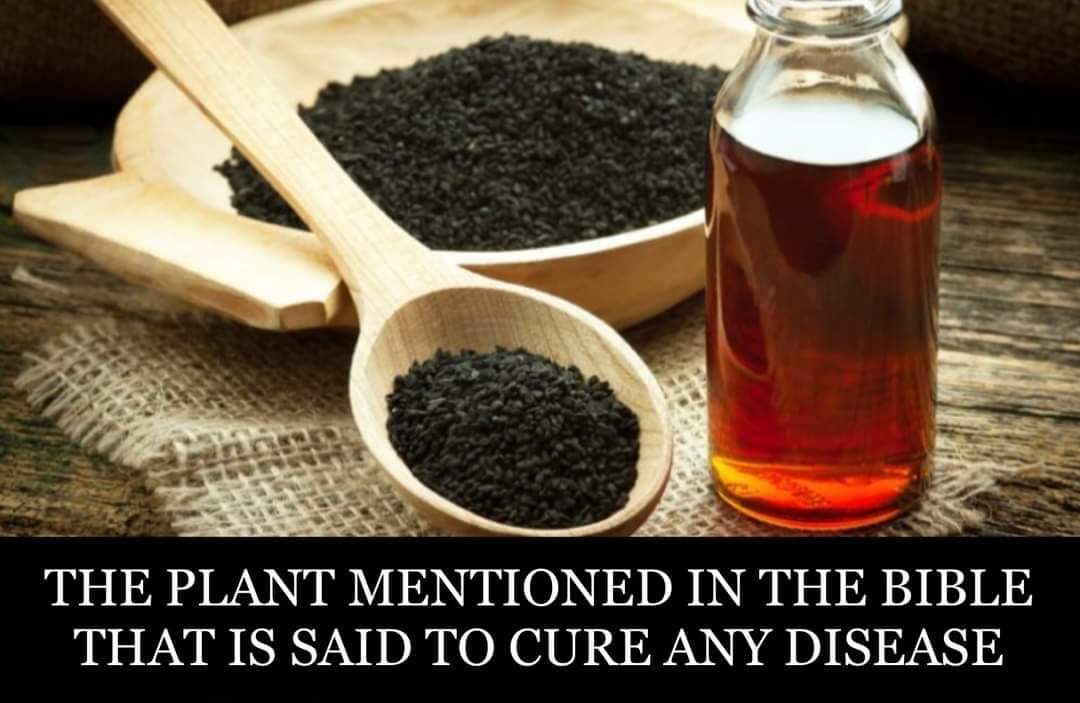
The quest for a cure-all remedy has captivated humanity for centuries. The Bible even mentions a plant believed to possess incredible healing powers. But before you embark on a frantic search, let’s explore the facts and delve into the fascinating world of ancient herbal lore.
The Mysterious Plant: Fact or Fiction?
There’s no single plant explicitly identified in the Bible as a cure-all. Several references mention plants used for medicinal purposes, but their properties haven’t been definitively linked to universal healing.
Exploring the Possibilities:
Some scholars believe the “miracle plant” references might refer to:
- Balsam of Gilead: This resin, extracted from a tree native to the Middle East, was known for its antiseptic and anti-inflammatory properties.
- Hyssop: This herb was used in purification rituals, but may have also possessed some medicinal benefits.
- Frankincense and Myrrh: These aromatic resins were used in religious ceremonies and may have had some medicinal applications, such as pain relief.
Modern Medicine and the Power of Plants:
While there’s no single plant that cures everything, modern science acknowledges the potential of many plants for promoting well-being. Here’s where the focus shifts:
- Holistic Approach: Many plants offer a range of beneficial properties that can support overall health and well-being.
- Focus on Specific Benefits: Plants may offer targeted benefits for specific conditions, like digestive support or inflammation reduction.
- Importance of Research: Scientific research is crucial to understand the effectiveness and potential side effects of herbal remedies.
Remember: It’s always best to consult a healthcare professional before using any herbal remedies, especially if you have any underlying health conditions or are taking medications.

